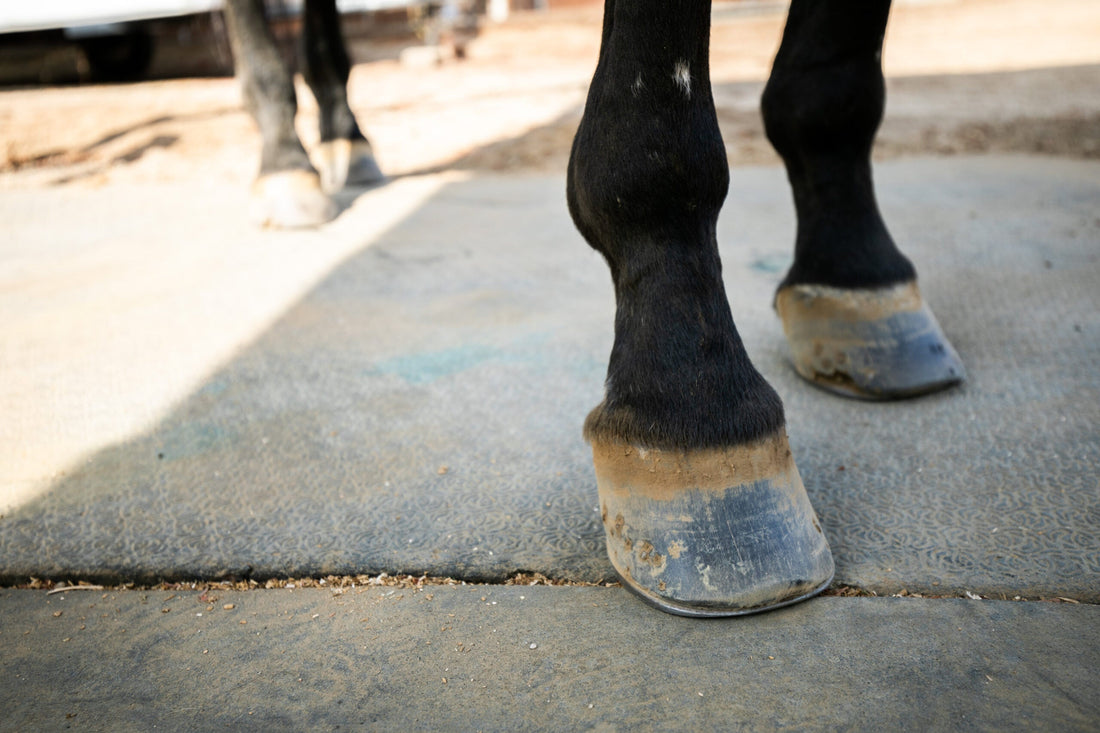
How to Calm a Horse in a New Place: Tips for Pet Owners?
Share
Feeling stressed about how to calm a horse in a new place can be overwhelming for many horse owners. Moving your horse to a new environment can trigger anxiety in both the animal and its caretaker. But fear not! This article will equip you with strategies to help your horse adapt smoothly. By applying some simple techniques, you can ensure your horse feels safe and relaxed in a new setting.
With the right approach, transitioning your horse to a different location can be a positive experience. Understanding how to calm a horse in a new place not only helps your horse settle down but also contributes to a healthier bond between you and your pet. Below, we will explore essential techniques, pivotal factors, and even delve into some frequently asked questions to guide you through this process.

Understanding Your Horses Emotions
When learning how to calm a horse in a new place, it is essential to recognize that horses are sensitive animals. They can pick up on their owners emotional state, which can influence their behavior. A relaxed owner often leads to a relaxed horse. Thus, your first step is to maintain calmness in yourself.
Many horses experience feelings of fear when placed in unfamiliar settings. The following considerations are vital in understanding your horse's emotions:
- Body Language: Pay attention to signs of stress, like pinned ears, a swishing tail, or a tense posture.
- Environment: Assess the new surroundings. Loud noises and sudden movements can be unsettling for your horse.
- Familiarity: Bringing items from their old environment, such as a favorite blanket or feed bucket, can provide comfort.
Proven Techniques to Calm Your Horse
Once you grasp your horse's emotional landscape, you can apply specific techniques to help soothe them in their new space. Here are some proven methods:
- Groundwork Exercises: Simple groundwork exercises such as lunging or in-hand work can redirect their energy and focus.
- Positive Reinforcement: Offering treats or praise when your horse exhibits calm behavior can reinforce their positive conduct.
- Desensitization: Gradually exposing your horse to new sights and sounds can help decrease their anxiety levels.
- Controlled Breathing: Taking deep breaths and exhaling slowly can help calm both you and your horse.
- Consistent Routine: Establishing a routine upon arrival can provide a sense of stability and security for your horse.
Creating a Welcoming Environment
The physical surroundings play a significant role in your horse's ability to calm down. To better understand how to calm a horse in a new place, consider these essential aspects:
- Safe Space: Ensure your horse has a designated area where they can feel secure and observe their surroundings.
- Gradual Introduction: Instead of exposing your horse to the entire space at once, allow them to explore in stages to minimize stress.
- Familiar Objects: Incorporating familiar objects from home can help your horse feel more at ease.
Monitoring Health and Well-being
Physical health directly impacts your horse's emotional state. When dealing with how to calm a horse in a new place, never underestimate the importance of health. Heres what to keep in mind:
- Regular Vet Check-Ups: Ensure your horse is in good health before moving. Regular check-ups can address any underlying issues.
- Nutrition: Provide a well-balanced diet post-move to prevent digestive issues that could add stress.
- Hydration: Ensure that fresh water is always available, as hydration plays a crucial role in a horse's well-being.
Utilizing Technology for Assistance
In todays digital world, technology can help soothe your horse during stressful transitions. Many products can help you learn how to calm a horse in a new place, such as:
- Calming Supplements: Natural supplements designed to reduce anxiety can be beneficial under veterinary guidance.
- Smart Cameras: These allow you to monitor your horse's behavior remotely, ensuring they are adjusting well.
- Wearable Technology: Health tracking devices can alert you to changes in behavior or vitals.
Benefits of Professional Help
If you find that the techniques aren't effective, you may want to consult professionals. Horse trainers and animal behaviorists can provide tailored advice on how to calm a horse in a new place. Their expertise can be invaluable in understanding specific behavioral issues that may arise, particularly if your horse struggles to adapt.
Also, you might be interested in hoof health as a factor that may affect your horse's temperament and adaptability during transitions.
FAQs
1. What should I do if my horse refuses to eat in a new place?
It's essential to monitor your horse for signs of stress and provide familiar food and water. If you want suggestions, consider looking into horse care techniques that may help ease the situation.
2. Is it normal for a horse to behave differently in a new environment?
Yes, horses are creatures of habit and can exhibit unusual behavior when faced with a new setting. Familiar scents and objects can help.
3. How long does it take for a horse to adjust to a new place?
Adjustment time varies per horse, but typically it can take anywhere from a few days to a few weeks. Consistency is key during this period.
Conclusion
Understanding how to calm a horse in a new place involves a combination of recognizing their emotions and creating a supportive environment. From establishing a consistent routine to utilizing technology and professional help, you can ease your horse's transition significantly. Remember that every horse is unique, and patience is vital during this process.
As an Amazon Associate, I earn from qualifying purchases.
